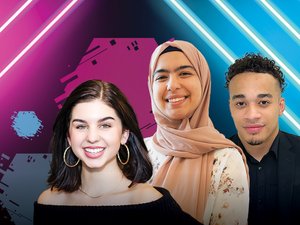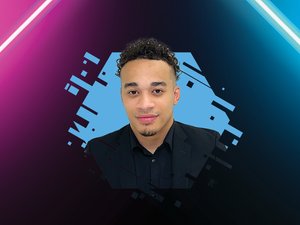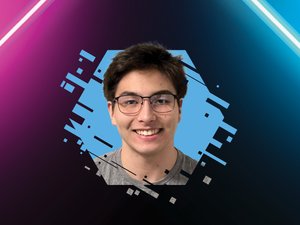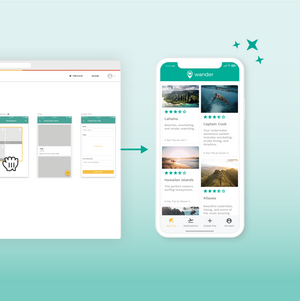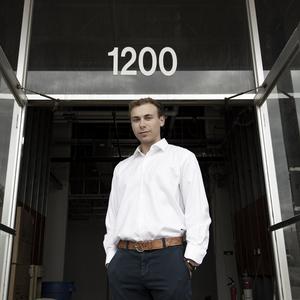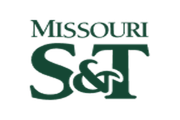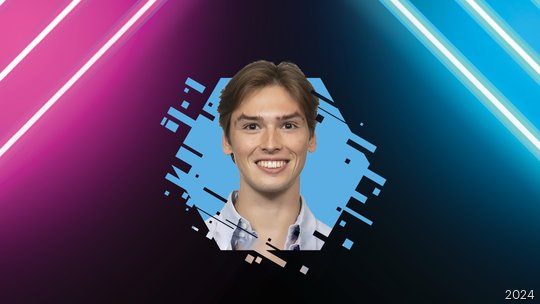
SAMUEL BREHM
President, Sling Health | Age: 25
A double full-scholarship student to Washington University’s School of Medicine and Olin Business School, Samuel Brehm is making a name for himself as an inventor, from devices to monitor pediatric IV fluid volume in low-resource settings to ones that control for negative pressure fluid buildup in the brain.
He’s president of student biotechnology incubator Sling Health and active in WashU’s medical student government, and beyond medical technology, he’s into rocketry, chess, ballet, piano, trumpet and forklifts, which he is certified to operate.
Your nominator said you invented "a customizable DMLS-printed non-articulating cervical disc replacement to biomechanically match natural discs, and a device that attaches to the distal catheter of a ventriculoperitoneal shunt to combat negative pressure hydrocephalus." Can you explain what this is in layman's terms? I have made a few devices in a few different areas of neurosurgery. None of the devices are anywhere close to human trials, but several are promising. The ones you listed here are an undergrad project and an early med school project. If it’s OK, I’d rather talk about my endovascular turbulator, the device that I am right now most excited about.
Cerebral aneurysms often occur at the point where an artery naturally splits in two. The fast flowing blood hits the middle of the bifurcation and can cause the artery wall to balloon out. If that balloon pops, it causes a brain bleed that can kill the patient. The device I have been working on is placed inside the artery upstream of the aneurysm and spins the blood flow. When you spin water in a cup, the water moves to the sides of the cup. In a similar way, if you spin blood in an artery the flow will gravitate towards the walls of the artery instead of heading straight down the middle into the bifurcation. This device would create a huge impact because it could provide a minimally invasive treatment option for certain classes of cerebral aneurysms that currently have no minimally invasive treatments. In addition, you could actually use this device in conjunction with other devices to increase their effectiveness.
What compelled you to go into medicine? I actually always wanted to be an engineer. I always was great at math and science, I was a visual thinker, and I loved building things. I went to Rice University as a mechanical engineer. However, after my sophomore year of college, I felt like my future was not what I had imagined. Engineers help people, but the gap between their office desk and the people they help is too large for my liking. I also couldn’t see myself working in an office doing tasks at a desk for the rest of my life. I wanted a job where I could be on my feet, using my hands, and helping people in real time. I think medicine, particularly the surgical fields, fit that job description perfectly.
What were your responsibilities as chief medical officer of Sling Health? I was the chief medical officer for the past two years but I am now the president. As CMO, I tied the organization to the medical school and research community. Medical students and the clinical perspective are really the most important part of any Sling Team and advisory board. So it was really important for me to recruit the best of the best. I also had other jobs like hosting events. As a president, my role expands quite a bit. I’m just at the start of my presidency. So far, I think the most important part is knowing how to steer the ship and handle large groups of people and moving parts. I like to think of myself as a big picture kind of guy, so I know where I want Sling to head. The difficult part is the nuts and bolts of leadership.
What areas of emerging biomechanical research are you most excited about? To be honest, I am not really that deep into the research community as a whole. I have my head stuck in the sand and if I peek out it's mostly at the small subfields that I work in. I should pull my head out and look at what’s being done in the research community as a whole though. I also think humans have a poor track record of predictions, especially about technology. We often fall into narratives about what is exciting based on how flashy or lurid the technology is. The truth is that most great technologies start off as something boring that has no obvious use and gets no press attention. They are often only “genius” in retrospect. The reverse is also true. The technologies that are hailed as revolutions initially are often a head fake in retrospect.
Click on the links below to read profiles of this year's Inno Under 25 honorees:
